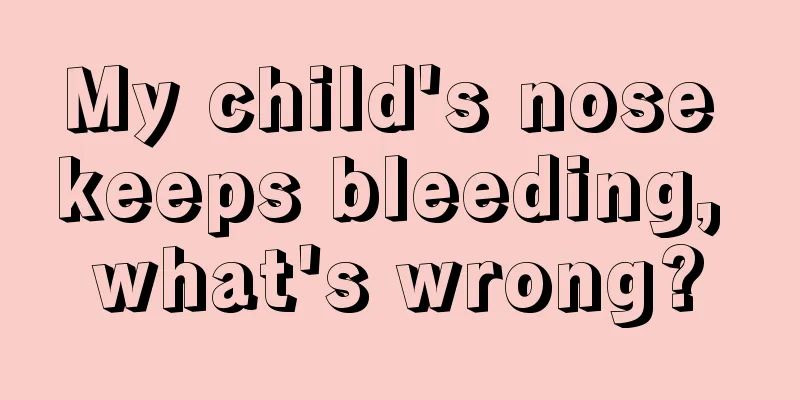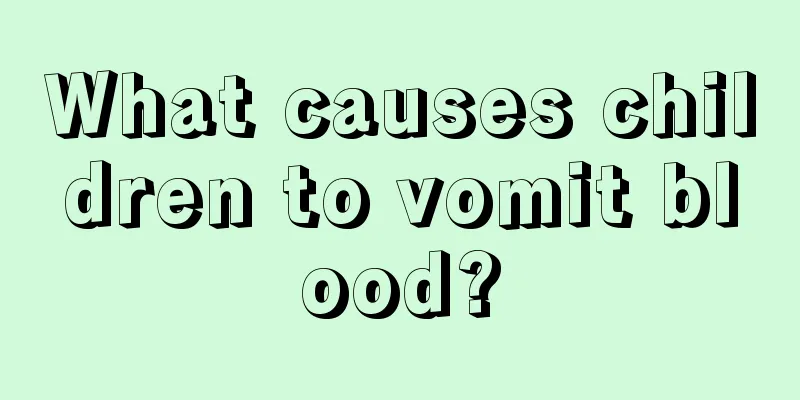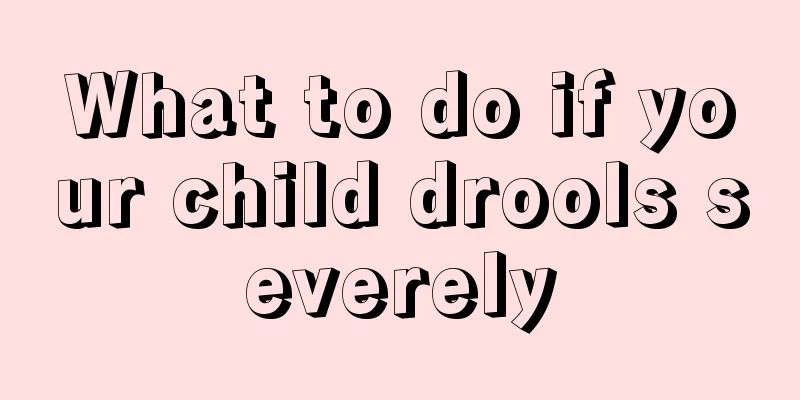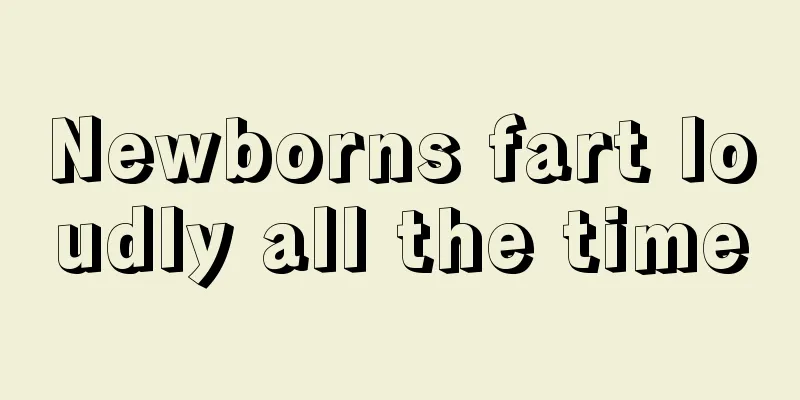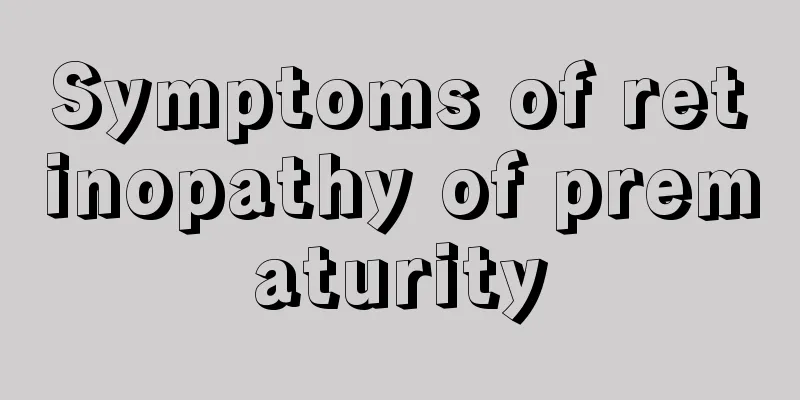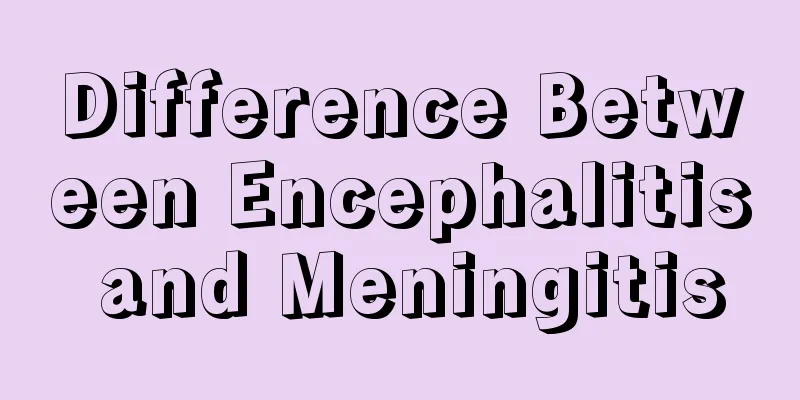Red rash on the child's mouth
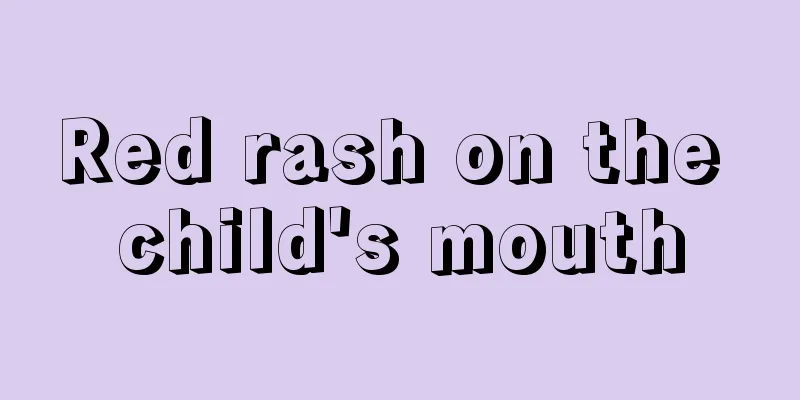
|
If a child has a rash around his or her mouth, it may be caused by allergies or may be related to diet. Parents can observe the child and give the child more water. If the child does not have any abnormalities, no special treatment is required. However, if the baby has symptoms of fever, timely treatment must be sought. Do not ignore it as it may be hand, foot and mouth disease. Pay attention to hygiene. Hand, foot and mouth disease symptoms 1. General symptoms (1) Acute onset, with an incubation period of 3-5 days, and prodromal symptoms such as low-grade fever, general malaise, and abdominal pain. Scattered painful, millet- to mung-bean-sized blisters appear on the oral mucosa, and maculopapules and herpes appear on the hands and feet. Initially, they are maculopapules, which later turn into herpes. They are round or oval, about 3-7 mm in size, like the size of a grain of rice, smaller than the chickenpox rash, harder in texture, with a red halo around it, and less fluid in the blisters. Dot-like or flaky erosions can be seen under the grayish-white membrane. After the rash subsides, no scars or pigmentation are left. If there is a secondary infection, the skin damage will often be aggravated. (2) In addition to the hands, feet and mouth, herpes can also be seen on the buttocks and near the anus, and occasionally on the trunk and limbs. They dry up and disappear after a few days. The rash is not itchy and painful. (3) Some children may develop generalized papules and blisters, accompanied by aseptic meningitis, encephalitis, myocarditis, etc. It may be accompanied by symptoms such as cough, runny nose, loss of appetite, nausea, vomiting, and headache. (4) Some cases only present with rash or herpetic pharyngitis. The whole course of the disease is about 5-10 days. Most cases can heal themselves with a good prognosis and no sequelae. 2. Symptoms of severe cases In a few cases (especially those under 3 years old), encephalitis, encephalomyelitis, meningitis, pulmonary edema, circulatory failure, etc. may occur. (1) Respiratory system manifestations include: shallow and difficult breathing, changes in respiratory rhythm, cyanosis of the lips, white, pink or bloody foamy fluid (sputum) in the mouth, and sputum sounds or moist rales in the lungs. (2) Neurological manifestations include poor spirits, drowsiness, headache, vomiting, easy fright, limb tremors, weakness or paralysis; physical examination may reveal meningeal irritation and weakened or absent tendon reflexes; critical cases may manifest as frequent convulsions, coma, cerebral edema, and brain herniation. (3) Circulatory system symptoms include: pale complexion, increased or decreased heart rate, shallow, rapid, weakened or even absent pulse, cold limbs, cyanosis of fingers and toes, and increased or decreased blood pressure. |
>>: Can I bathe my baby if he has a rash?
Recommend
What should I do if my child has eczema on his hands?
Many parents say that their children feel very un...
What's going on when my baby has small red bumps on his body?
Small red pimples on the baby's body must be ...
What are the sleeping positions for newborns?
The sleeping posture of a newborn is a particular...
What is the reason for children's vomiting and diarrhea?
Babies are a very fragile and sensitive group of ...
What are the symptoms of femoral head necrosis in children?
Femoral head necrosis in children is a chronic di...
Traditional Chinese Medicine Treatment of Myopia in Children
There are many ways to treat children's myopi...
What should children with yin deficiency and internal heat eat?
Some parents will find that their children eat we...
Blood after belly button falls off
It is well known that the belly button of the fet...
Why does my baby cough with phlegm and hoarseness?
Babies are still young, and their immune function...
Causes of continuous nosebleeds in children
Children's physical development is not comple...
What causes lumps in little girls' breasts?
During the development period of little girls, ho...
Three month old baby's fart smells bad but he doesn't poop
It is actually very unhealthy for a three-month-o...
How many months is it appropriate to add complementary food to babies?
As babies grow up, they can no longer only be fed...
What are the brain-boosting recipes for children?
We all know that children are in the stage of phy...
Is it good for children to drink milk at night?
Children are in a critical stage of physical grow...
